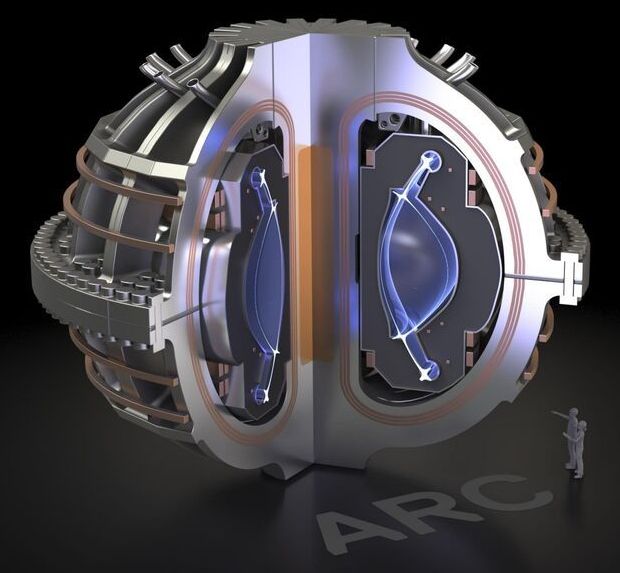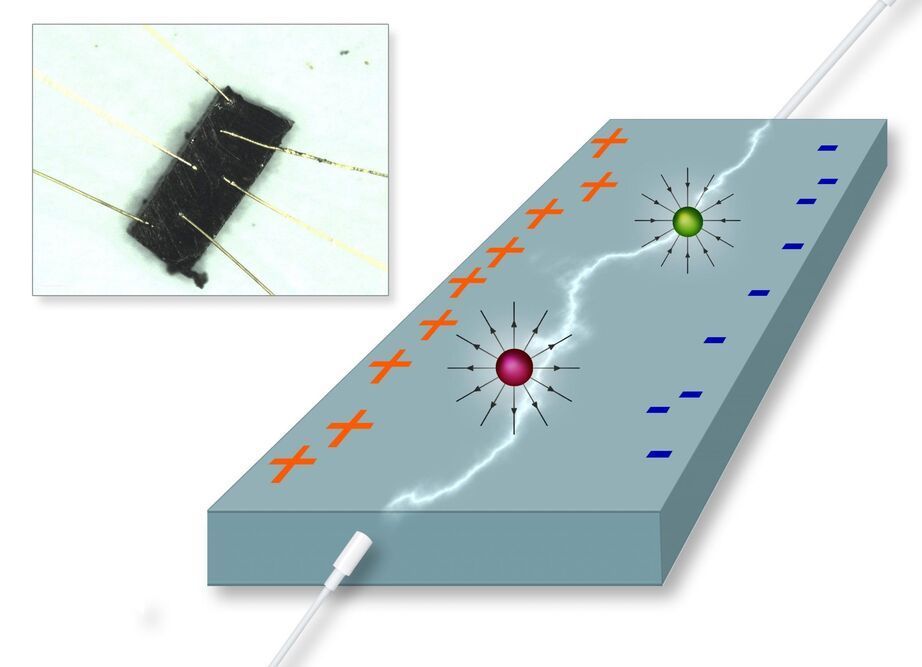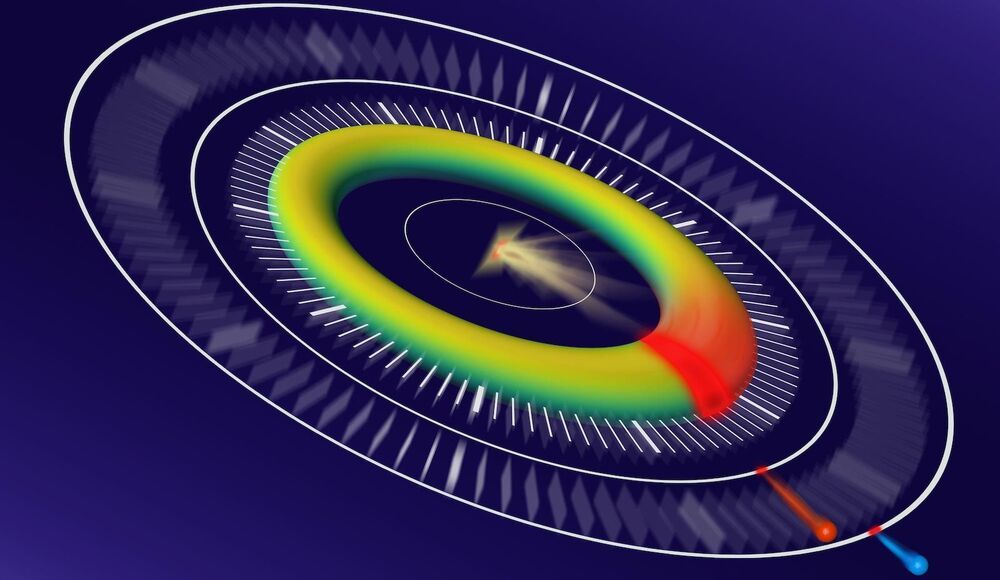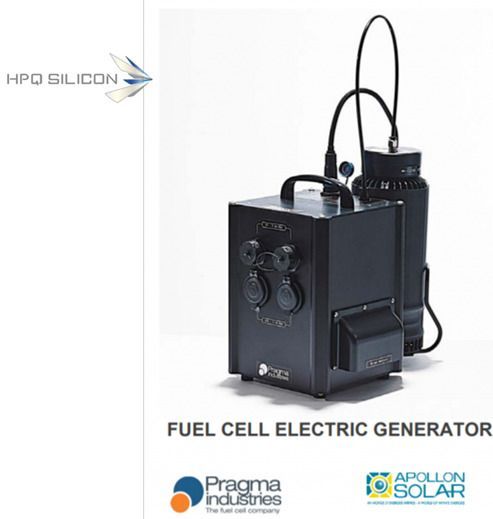
National Academies study says fusion can help decarbonize US energy, calls for public-private approach to pilot plant operation by 2035–40.
Electricity generated by fusion power plants could play an important role in decarbonizing the U.S. energy sector by mid-century, says a new consensus study report from the National Academies of Sciences, Engineering, and Medicine, which also lays out for the first time a set of technical, economic, and regulatory standards and a timeline for a U.S. fusion pilot plant that would begin producing energy in the 2035–40 time frame.
To achieve this key step toward commercialization, the report calls for an aggressive public-private effort to produce by 2028 a pilot plant design that can, when built, accommodate any of the developmental approaches seeking to realize fusion’s potential as a safe, carbon-free, on-demand energy source.


















